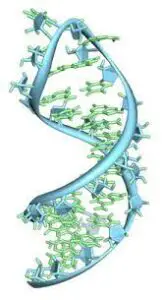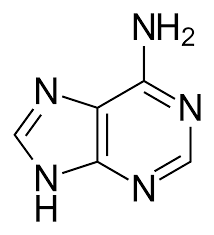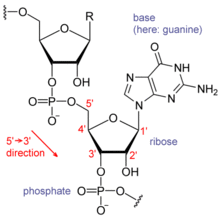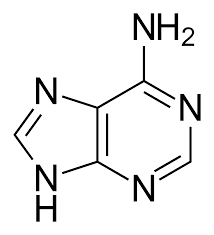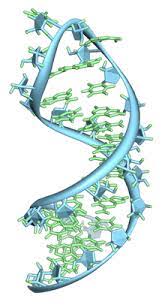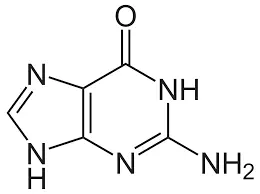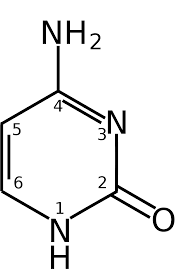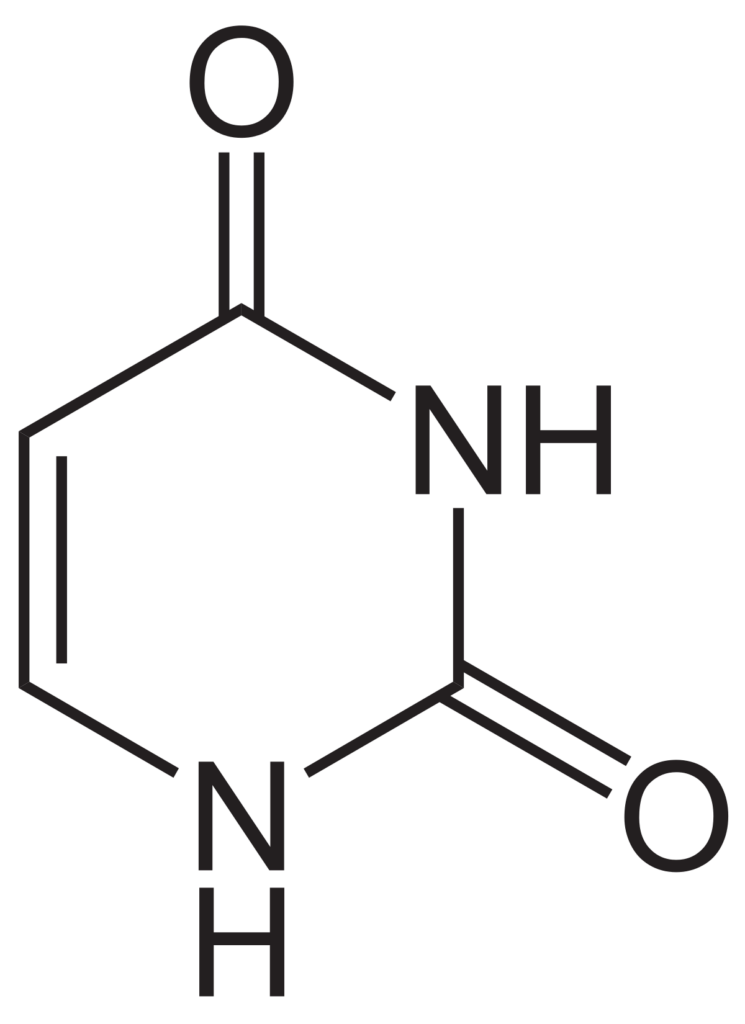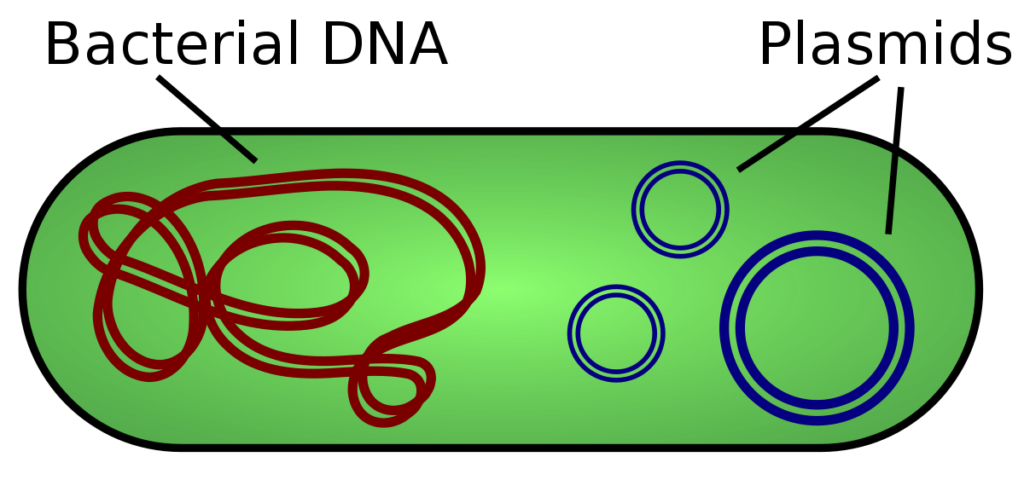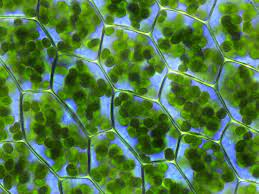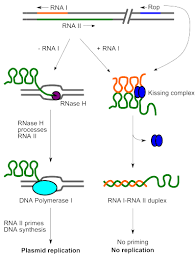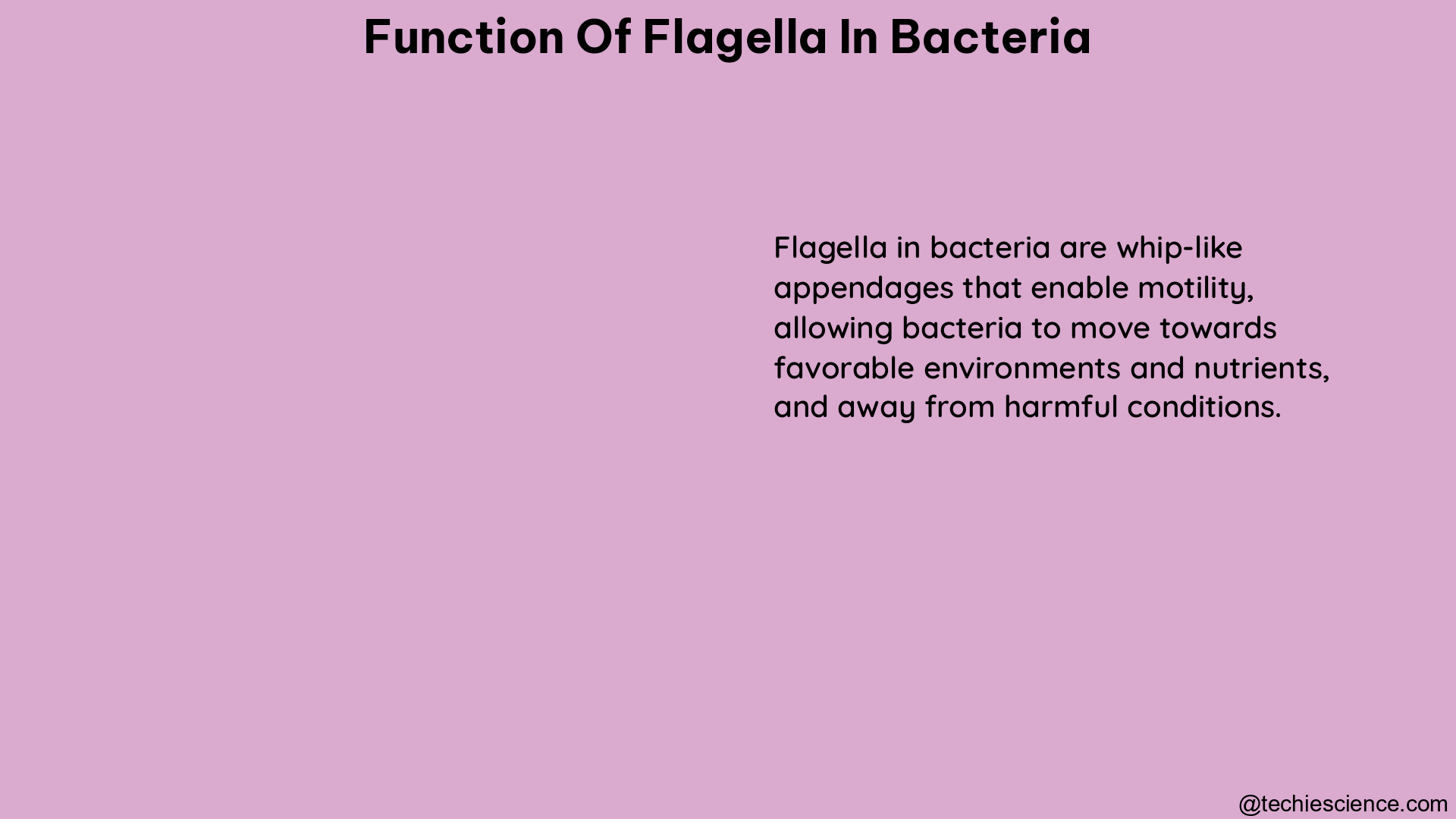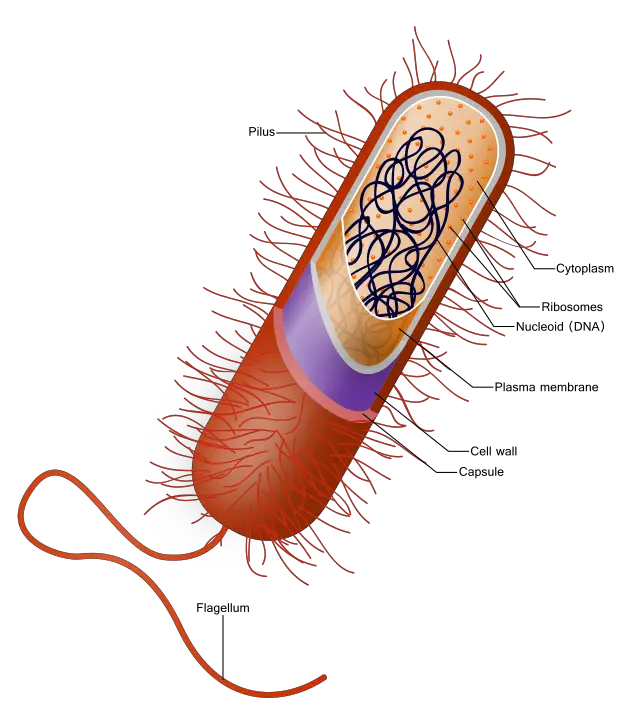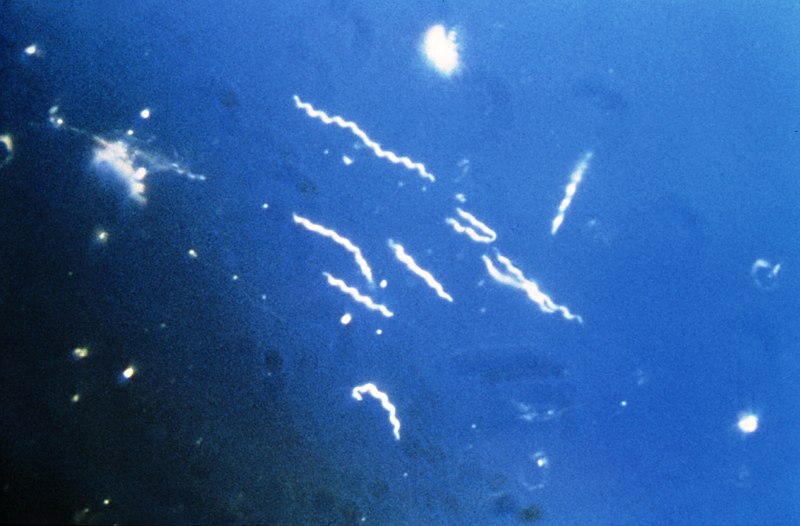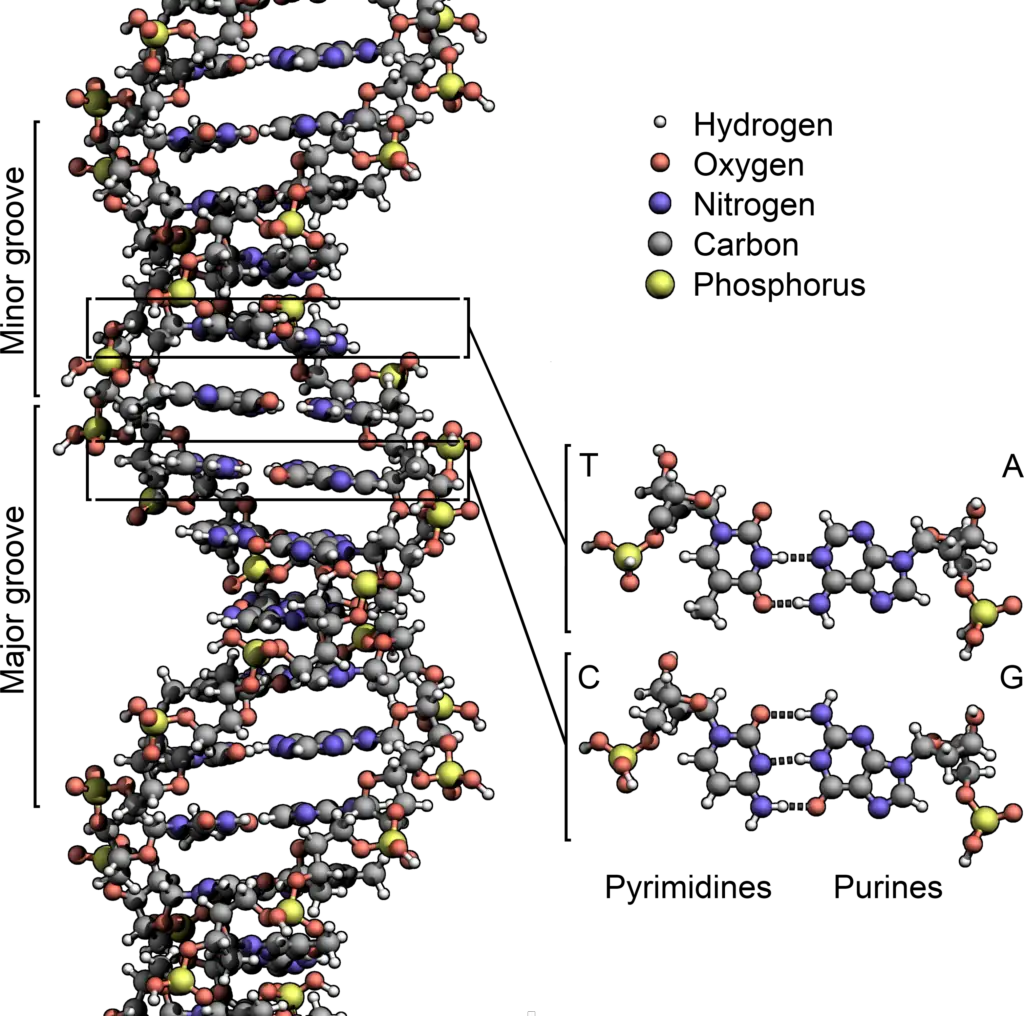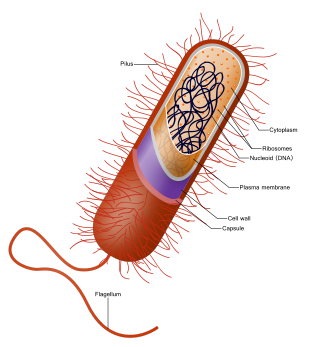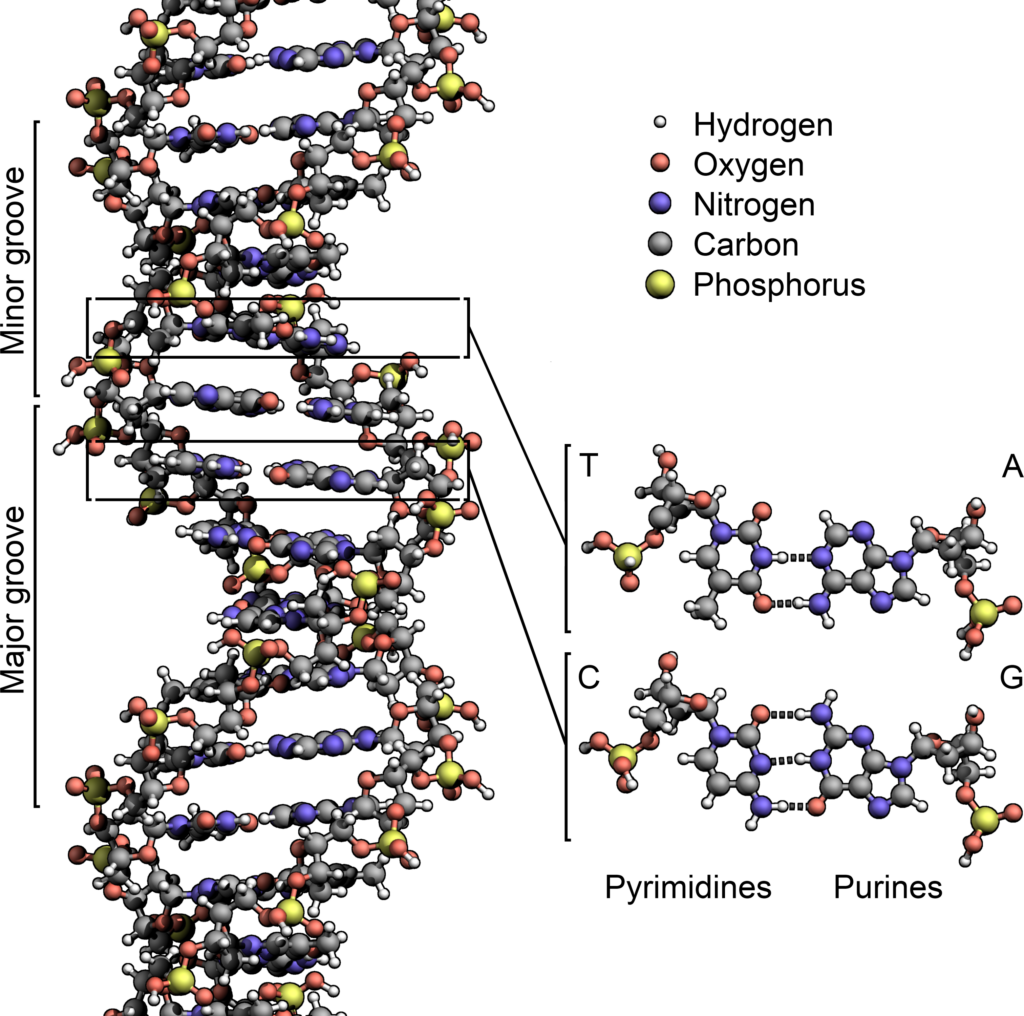The very base for making of a nucleic acid is said to be a nucleotide. A nucleotide has a sugar molecule linked with phosphate.
With concern to is adenine a nucleotide, it said to be a nucleotide in the RNA and DNA. It is said to be a part of adenosine triphosphate and is linked with the thymine in DNA and uracil in RNA and even has a base of sugar, phosphate in its structure with adenine being classified as a nucleotide.
This complex is said to be an ATP base and helps in getting the molecule phosphorylated. Adenine is said to be purine with lots of roles to offer in biochemistry. Adenine is one of the four bases in the nucleic acid that are in the DNA and RNA.
The rest of the bases in them are the guanine, cytosine, thymine in DNA and uracil in RNA. Adenine helps in protein synthesis and also is considered a chemical component in DNA and RNA. The adenine has its shape complementary to either uracil or thymine in both the strands.
They serve as monomeric units of the nucleic acid polymers – deoxyribonucleic acid and ribonucleic acid. The monomer units of DNA are nucleotides, and the polymer is known as a polynucleotide. Each nucleotide consists of a 5-carbon sugar (deoxyribose), a nitrogen containing base attached to the sugar, and a phosphate group
Is adenine a nucleotide?
The nucleotides are the molecules that have a phosphate and also a nucleoside and it is organic in nature.
The question for is adenine a nucleotide, it’s a Yes, adenine is said to be a nucleotide with having many of the uses in the field of biochemistry and can have many tautomer with shape opposite to the pyrimidine bases.
Adenine is a nucleotide serves as a unit of monomer in the polymer of nucleic acid and for the DNA and RNA. These both are vital biomolecules needed for every living organism. Nucleotides can be generally taken from diet and can also be synthesized from the genera, nutrients by the organ called liver.
Any of the nucleotide that is seen is made of subunits that are counted to be three in number. They are the nucleobase, a group of phosphate that has one to three attached phosphates to it and a sugar having five carbon chains namely can be the deoxyribose or ribose.
Nucleotide seems to play a good role in as a fundamental for metabolism in the cell level. They help in getting the chemical energy needed to make a nucleoside triphsophates, guanosine triphosphate, uridine triphosphate and adenosine triphosphate. A nucleotide is the basic structural unit and building block for DNA. These building blocks are hooked together to form a chain of DNA.
This helps in many functions for the cell and demand power for the synthesis of cell membrane, amino acids and proteins and also functions for cell to cell transfer both external and internal. They also help in cell signaling and help in the reaction involving certain enzymes.
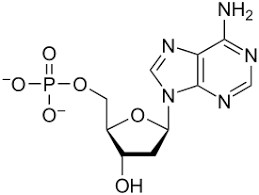
Nucleotide–Wikipedia
Why is adenine a nucleotide?
Adenine is one among the four bases in both the stands of nucleic acids and differs just in one base for DNA and RNA.
The adenine as a nucleotide has a structure typical to it and consists of the purine base linked up with the five chain of carbon sugar and one to three of the phosphate groups. The sugar and phosphate group make up the backbone of the DNA double helix, while the bases are located in the middle.
In order to get the energy stored back, there is an endergonic reaction where the ADP and the free phosphate get to be used. They have the energy as their base and are common for be adenine triphosphate and gets the molecules phsophoralized.
Adenosine is a greater molecule which is made of adenine, a sugar being either deoxyribose or ribose and more or one of the groups of phosphate. There are bases of both purines and pyrimidine in the nucleotide. Adenine is said to be a purine base. These are structures composed of a 5-sided and 6-sided ring. Cytosine and thymine are pyrimidines which are structures composed of a single six-sided ring. Adenine always binds to thymine, while cytosine and guanine always bind to one another.
Adenine being used is used up in many parts of the cell and just not in both of the both of acids strands being DNA and RNA. It is a part of the adenosine triphosphate molecule and is seemed to be the energy place for the cells. So it gets to play two roles inside the cell which are helping to build the nucleic acid and storing up cell energy.
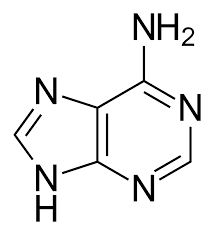
Adenine–Wikipedia
How is adenine a nucleotide?
There are two groups of nucleotides in the nucleic acid. They are the purines and pyrimidine. Adenine is a purine.
Adenine is surely the one base among four and stands first in all description. It is also one of the two purine bases ad is sued in for making nucleotides with bonding to thymine in DNA. The molar mass is 120 g/mol.
A molecule which is made up of nitrogen many of the hydrogen atoms and carbon is called to be adenine with the chemical formula of C5H5N5. The time when a base just like adenine attaches itself to phosphate and the ribose, it gets to form a nucleotide. The Nucleotide database is a collection of sequences from several sources, including GenBank, RefSeq, TPA and PDB.
This base gets to interlink with thymine in DNA while guanine and cytosine binds up together always with one another. This linking of bonds is referred to as complementary base pairing. These bases get to complement each other and are liked via the hydrogen bonds that can be broken down easily while the DNA replicates itself.
The base of adenine seems to be fused with guanine and form an attached ring skeletal like formation which is made from purine and thus it is said to be a base of purine. The nitrogenous base of purine is a character by the group of amino acids that are single and the C6 carbon in the adenine and the C2 for the guanine.
The adenine being a purine is an aromatic compound being heterocyclic with having the chemical formula of C5H4N4. The chemical structure of purine is made of the pyrimidine rings that have an imidazole ring attached to it and thus have the two of the carbons ring and a close of four nitrogen atoms.

Pyrimidine ring–Wikipedia
Function of adenine as nucleotide
The nucleotide of adenine is mostly referring to as the adenylates or the adenosines. They are molecules being organic and consist of ADP, AMP and the ATP.
Adenines along with rest of the bases are said to perform different in both of the strands. Adenine helps in protein synthesis inside the RNA and binds up with the base of uracil.
Inside the DNA adenine gets to attach itself with thymine which is a base of pyrimidine and uses up the nucleotide that helps in making of nucleic acid. They bind up with the other with the help of the hydrogen bonds which can be broken down without any efforts and helps in getting the structure stable.
The molecules that are in the adenine making it a nucleotide are used in playing a vital role for having the energy transfer and stored. The base of purine is guanine and adenine and adenine is said to be a major product for the ATP. ATP is made when adenine links with a molecule of ribose and the three chain of phosphate.
Nucleoside serves to be work even out of the cell and outside of storing the genetic data. They work as passing on messages and get the energy moved from cell to cell. Despite these they also help in many of the cell functions like metabolism, signal transfer ad power up the enzymatic reactions.
The basic function of the bases in the strands of nucleic acids namely adenine, guanine, cytosine, thymine or uracil are that they are the primary nucleobase. They function in having the space for the basic unit in the genetic coding and having initials to be A,C,G, T or U. In DNA and RNA, nucleotides are covalently linked by the phosphate group; the negative charge of the phosphate group at neutral pH is essential for stabilizing nucleotides.
Also Read:

